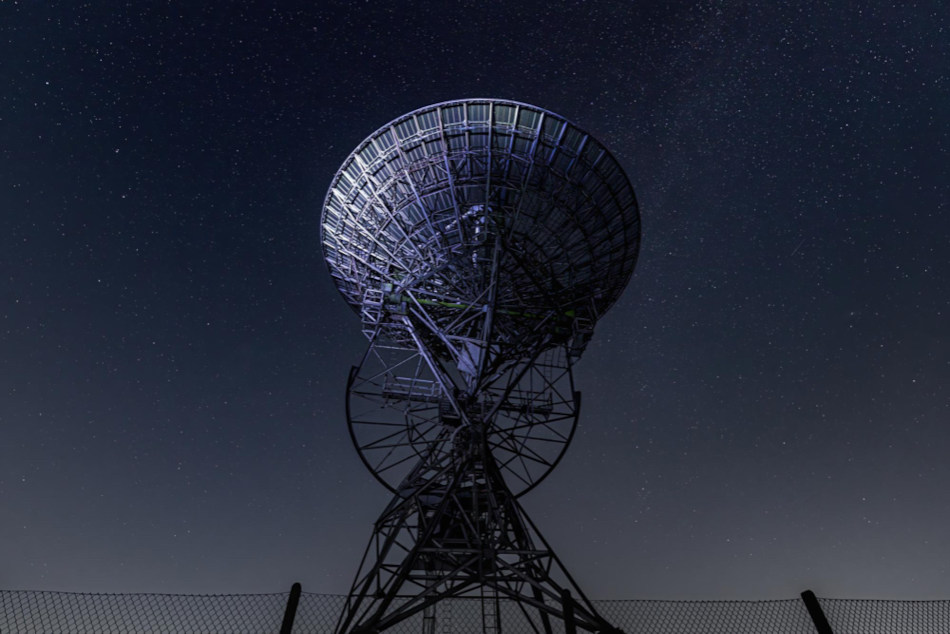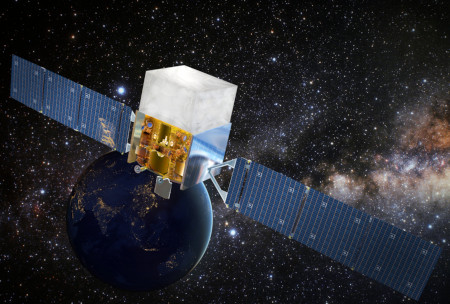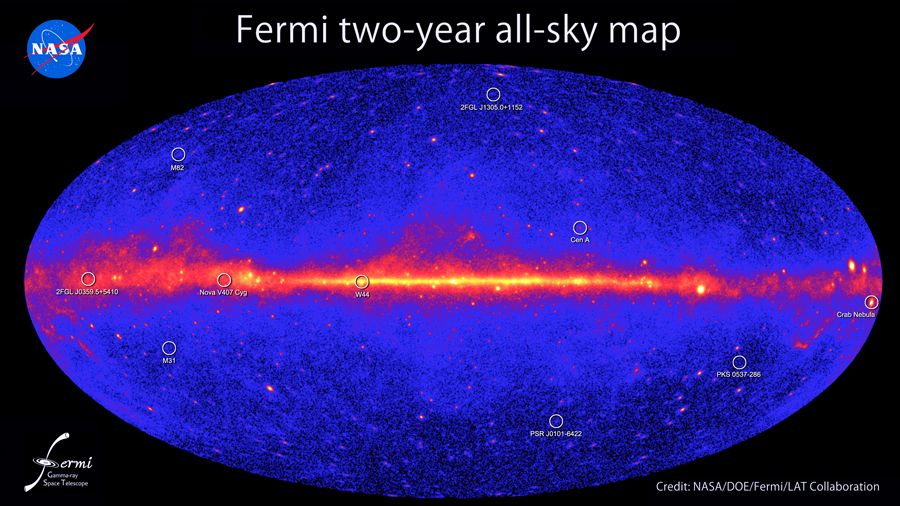
NASA's Fermi Telescope Detects Mysterious Cosmic Signal Beyond Our Galaxy
Astronomers Stumble Upon Unexpected Phenomenon During Routine Data Analysis
NEWS Science January 15, 2024 Reading time: 2 Minute(s)
Astronomers at NASA have made a groundbreaking and unexpected discovery, as revealed by data from the Fermi Gamma-ray Space Telescope. During a routine analysis of 13 years' worth of data, scientists stumbled upon a mysterious signal emanating from beyond our galaxy, a phenomenon that currently lacks a clear explanation.
FERMI TELESCOPE [IMAGE: REVIEW SPACE]

Francis Reddy of NASA's Goddard Space Flight Center described the finding as "an unexpected and as yet unexplained feature outside of our galaxy". The Fermi telescope, known for detecting gamma rays—energetic light bursts associated with events like stellar explosions or nuclear blasts—accidentally uncovered this alternative signal while pursuing an entirely different cosmic feature.
"This is a completely serendipitous discovery", remarked Alexander Kashlinsky, a cosmologist at the University of Maryland and NASA's Goddard Space Flight Center, during a presentation to the American Astronomical Society. The unexpected signal, located in a different part of the sky than the researchers initially intended, presented a much stronger and unanticipated gamma-ray dipole.The team had originally set out to find one of the oldest gamma-ray features associated with the cosmic microwave background (CMB), which has a dipole structure. However, the newly discovered signal exhibited a magnitude ten times greater than expected, challenging the notion that our solar system's motion creates the dipole structure.

FERMI TELESCOPE SKY MAP [IMAGE: NASA]
In a paper published in The Astrophysical Journal Letters, the scientists detail their findings and propose that the detected signal may be linked to a cosmic gamma-ray feature observed by the Pierre Auger Observatory in Argentina back in 2017. The similarities in structure between the two phenomena suggest a potential connection and lead researchers to speculate that both could originate from a single unidentified source. Chris Shrader, an astrophysicist at Goddard, explained:
"We found a gamma-ray dipole, but its peak is located in the southern sky, far from the CMB's, and its magnitude is 10 times greater than what we would expect from our motion."
This unexpected discovery has spurred scientists to search for the mysterious source or develop alternative explanations for both features. If connected to the 2017 observation in Argentina, this cosmic revelation could shed light on previously unknown aspects of our universe.
"A disagreement with the size and direction of the CMB dipole could provide us with a glimpse into physical processes operating in the very early universe, potentially back to when it was less than a trillionth of a second old", explained Fernando Atrio-Barandela, coauthor of the research paper. As astronomers work to unravel the mysteries behind this cosmic signal, NASA's unexpected find opens new avenues for understanding the intricate workings of our universe.
NASA Fermi Gamma ray Space Telescope Cosmic Microwave Background Gamma-ray Signal Astrophysics Space Exploration Pierre Auger Observatory Cosmic Particles Universe Mysteries Science News RSMax
*Our pages may contain affiliate links. If you buy something via one of our affiliate links, Review Space may earn a commission. Thanks for your support!
CATEGORIES

























COMMENTS